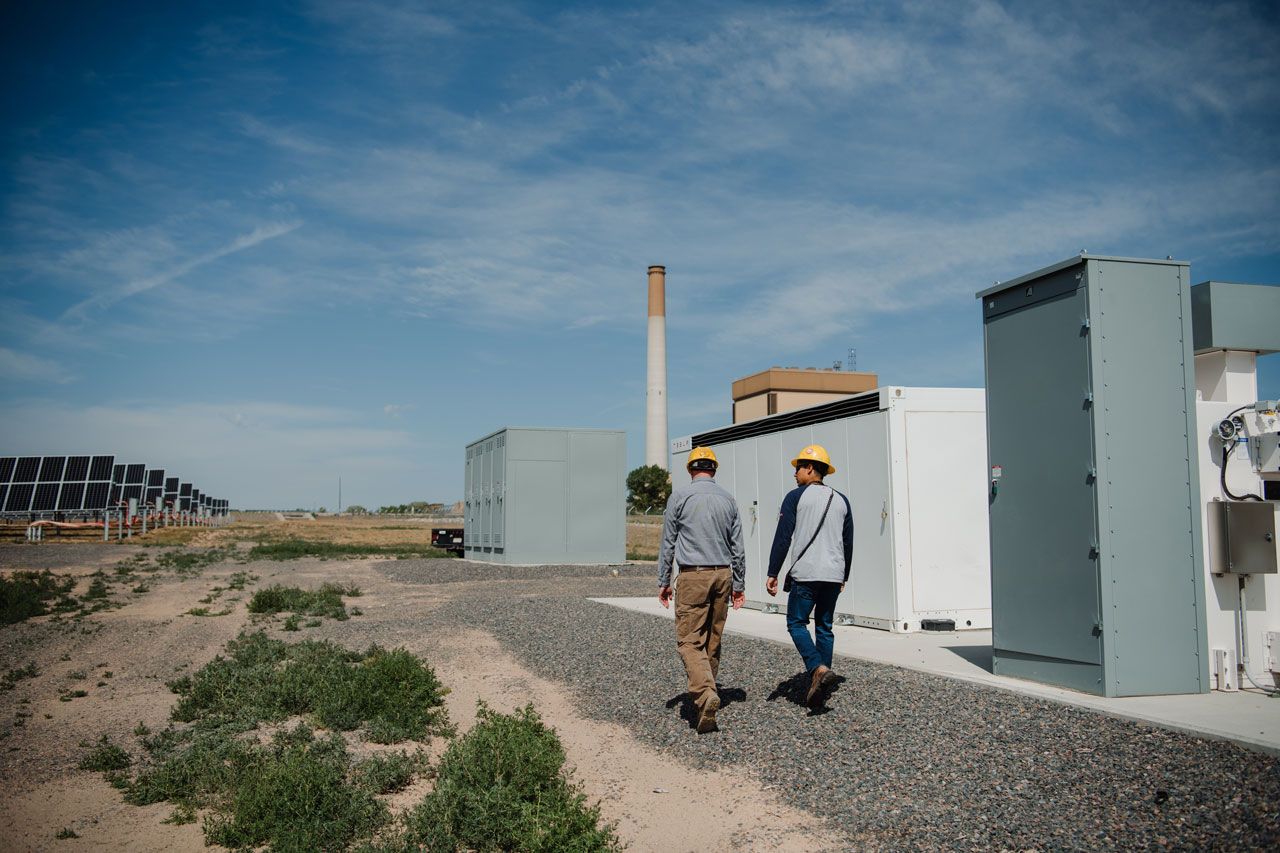Motor-vehicle registrations begin to slow
While the furious pace of growth along the Front Range continues, there are signs that it is slowing down or at least beginning to concentrate in different areas.
Motor-vehicle registrations statewide stood at 3.96 million at the end of 1997. That represents a 3.1 percent increase over the 1996 year-end total of 3.84 million.
Those figures indicate that the state’s economy continued to cruise along at a healthy clip entering this year. However, Northern Colorado showed evidence of an even more dramatic increase.
SPONSORED CONTENT
How dispatchable resources enable the clean energy transition
Platte River must prepare for the retirement of 431 megawatts (MW) of dispatchable, coal-fired generation by the end of the decade and address more frequent extreme weather events that can bring dark calms (periods when there is no sun or wind).
According to figures supplied by Lori Kettler of the registration section, Larimer County posted a 4.1 percent increase from 221,201 to 230,963 registrations during the same period.
Weld County posted a surprisingly higher 4.7 percent increase from 181,772 to 190,241. The increase in Weld County in particular may signal a shift in population growth away from Fort Collins and the surrounding area toward Greeley.
Division of Motor Vehicle officials believe that the increases in registrations are continuing, though the rate of increase may be slowing.
‘Everything is going up,´ said Keith Meagher, chief of staff budget analyst. “I would attribute that to continued population increase.”
There is at least one unusual circumstance that could account for much of the increase. Statewide in October 1997, there was a 12.9 percent increase over October 1996. That hefty increase coincided with the passage of House Bill 1197 requiring applicants for a Colorado driver?s license to sign a statement saying they understood that any motor vehicle owned by the applicant must be registered within 30 days of assuming residency in Colorado.
“I think the actual number of registrations bears out the influence of HB 1197 at that time,´ said Vic Shaw of the department’s accounting section.
Whatever the reason for the increase, registration fees continue to add a large amount to state coffers. From July 1997 to April 1998, registration revenues totaled $54.32 million, a 5.9 percent increase over the $51.32 million collected during the same period the precious year. From 1990 through 1996, registration monies soared 13.9 percent.
Neither total fees collected nor total registrations paint a complete picture. For example, the statewide increase in fees collected seems well in advance of the percentage increase in actual registrations.
“The way it works in Colorado,” Shaw said, “there is a flat registration fee plus an ad valorem or value-added tax based on the manufacturer’s suggested value.”
So, a sharp increase in new or more-valuable motor vehicles could account for the disparity between revenues and registrations.
Although registrations and revenues continue to increase, reflecting a continued population increase throughout Colorado, that increase may be waning. During the decade from 1987 through 1996, Colorado’s population grew 14.8 percent. The recent slowdown in the rate of growth of vehicle registrations may reflect a slowdown in the rate of population growth as well.
“Since October 1997, vehicle registrations have slowed dramatically,´ said University of Northern Colorado economist John Green. “We are looking at a slowdown in vehicle sales, a slowdown in population increase. You can chart the decrease in the sales of new vehicles by the increase in dealer and manufacturer incentives.”
That may reflect a trend nationwide, not just in Colorado where, Green believes, the numbers all point to the continued strength of the Front Range economy. The slowdown in the increase of vehicle registrations aside, Green points to construction as a better barometer of the health of the state.
“Construction, especially residential construction, remains very high in the state,” Green noted. “The number and dollar volume of the projects on the boards guarantees that 1998 will probably break all the records and 1999 will be a robust year.”
Still, Green believes that the move to Colorado is losing momentum. He says the proof is on the plates.
“I’m seeing fewer out-of-state license plates and fewer Californians moving into the state,” Green said.
While the furious pace of growth along the Front Range continues, there are signs that it is slowing down or at least beginning to concentrate in different areas.
Motor-vehicle registrations statewide stood at 3.96 million at the end of 1997. That represents a 3.1 percent increase over the 1996 year-end total of 3.84 million.
Those figures indicate that the state’s economy continued to cruise along at a healthy clip entering this year. However, Northern Colorado showed evidence of an even more dramatic increase.
According to figures supplied by Lori Kettler of the registration section, Larimer County posted a 4.1 percent increase from 221,201…
THIS ARTICLE IS FOR SUBSCRIBERS ONLY
Continue reading for less than $3 per week!
Get a month of award-winning local business news, trends and insights
Access award-winning content today!

